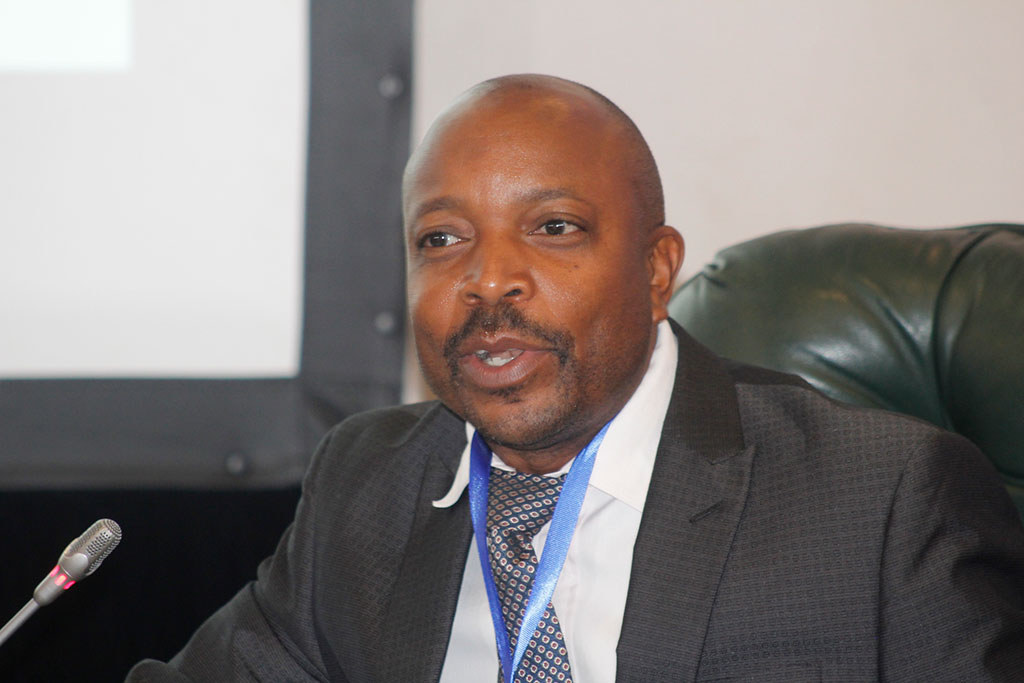|
Getting your Trinity Audio player ready...
|
By Jacob Kudzai Mutisi
In 2021 Zimbabwe’s mining sector is proving to be big business, with mineral exports possibly reaching 60% of the country’s export earnings and the mining sector contributing around 20% of national GDP. Zimbabwe now needs to take advantage of the constantly advancing national information and communication technology (ICT), with this impressive set of results by developing a national Mines and Geosciences Central Database System (CDS). This development falls straight into the recommendation of the World Bank. According to a new Zimbabwe Digital Economy Diagnostic report launched by the World Bank.
“Zimbabwe has made digital advancements”. Despite this advance, Zimbabwe is currently capturing only a fraction of its digital transformation growth potential, and the report also recommends strategic investments in digital skills and infrastructure, and that the creation of digital platforms and digital entrepreneurship and this will accelerate the country to create the foundations for the digital economy of the future.
Zimbabwe’s lack of effective regulatory mechanisms and the inability to effectively monitor key mining activities and rein in illegal mining wiping away Zimbabwe’s competitive advantage compared to its neighbouring states. Above that Zimbabwe’s mining sector has been riddled with legal disputes over mining claims over the years and has also seen a surge of physical attacks by two or more individuals claiming ownership of the same exploration or mining claim. To solve these disputes Zimbabwe needs to develop an ICT web and mobile-based CDS database portal which should feature a web and mobile-based interface that allows data transparency, search and filtering function, and access to all applications that includes mining application and exploration information.
The portal should allow users access to information regarding the status of mining applications, requests for mineral analysis, mining tenements/permits issued, mineral resources data, mining technology-related data, mineral industry reports, the status of mining-related cases, research and technology data, mine environmental and safety data, and other mining-related data.
For Zimbabwe, the adoption and development of the CDS present opportunities for the mining sector because technology can reduce costs, increase the speed, processing of documents, and maintain a centralized database for all mining-related information, to be publicly accessible, transparent, complete, and comprehensive. To ensure that the data on the portal is timely and relevant, updates are scheduled as frequently as three days, weekly and quarterly, or semi-annually and annually, depending upon the approval or need for new updates.
Zimbabwe was once the world’s third-largest producer of gold, holds substantial endowments of close to 40 different minerals. The country is also known to have commercial deposits of oil and the country has one of the largest known coal-bed methane gas deposits in Africa. Zimbabwe continues to attract numerous investors from South Africa, China, Australia, and various European nations. The Government of Zimbabwe is playing an active role in recognizing that mining and its industries will be key to the nation’s development.
With the projected economic growth anchored by the mining sector, Zimbabwe needs to have a transparency and accountability system and this can only be achieved by having a national ICT web and mobile based Mines and Geosciences Central Database System (CDS).






